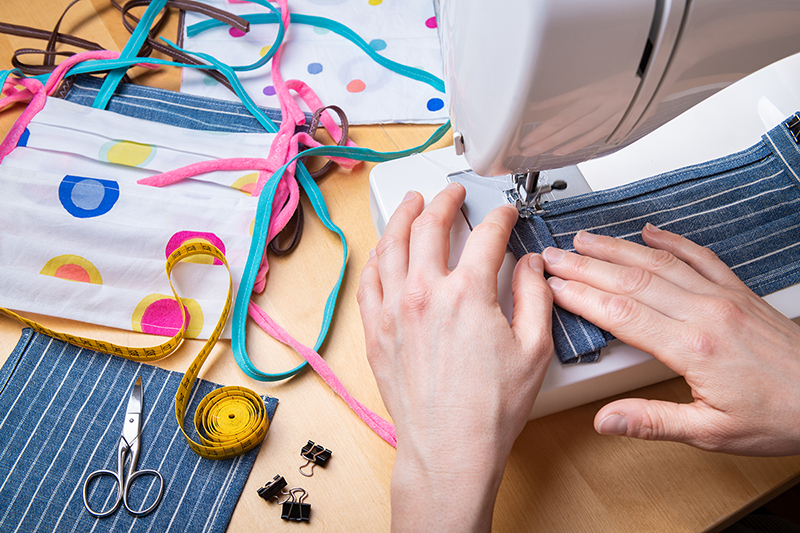What is osteoporosis, who is at risk, and why does it happen?
A bone-density test could help you maintain your health and prevent possible fractures.

Osteoporosis is a bone disease that weakens your bones and makes them more likely to break. It’s often called a “silent” disease, as you typically won’t notice any symptoms until you break a bone. People with osteoporosis may also notice they are getting shorter as their upper back begins curving forward. If you are experiencing height loss or your spine is curving, reach out to your doctor right away. A bone-density test could help you maintain your health and prevent possible fractures.
As we get older, the risk of developing osteoporosis increases. For many women, the disease begins to develop a year or two before menopause. Other factors that increase your risk of developing osteoporosis include diet, family history, body size, lifestyle, and other medical conditions.
Osteoporosis is a growing problem
According to the Bone Health and Osteoporosis Foundation, roughly 10 million Americans have osteoporosis and another 44 million have low bone density. That’s a staggering number!What’s worse, nearly 80 percent of older Americans who suffer bone breaks are not tested or treated for osteoporosis, putting them at risk of future fractures.
So, let’s change that. Here are some steps you can take to both detect and reduce your risk of developing osteoporosis.
1. Get a bone density test.
Your doctor can perform a quick, non-invasive test to measure bone mineral content and density. This is typically done using a DEXA or DXA scan, which can accurately detect decreased bone mass. Understanding your future fracture risk is important for managing your health and avoiding unnecessary problems moving forward.
2. Explore osteoporosis medication.
While you’ll want to discuss the risks and benefits of all treatment options with your doctor, there are medication options, both prescribed and over-the-counter, that can help people manage osteoporosis and low bone density.
3. Diet, exercise, and lifestyle changes
Eating a healthy diet and exercising can help slow or stop the loss of bone mass. While all exercise is good, weight-bearing exercises—like walking or jogging—are particularly beneficial for osteoporosis. Non-weight-bearing exercises—like swimming or riding a bike—offer other health benefits but do not promote bone growth.
In addition, it’s important you get the recommended amount of calcium and vitamin D. Take supplements as needed and avoid problematic health problems like smoking and excessive drinking.
Our plans cover and reward you for taking preventive measures
Select Health Medicare plans cover bone density tests at no cost, AND you can earn $20 for getting screened with our Healthy Living program.
So don’t wait—talk to your doctor today and see if a bone density screening is right for you.
This article is intended for informational purposes only and is not legal or medical advice. Links to other sites are provided as a convenience, but Select Health does not endorse the third-party sites, information, or services.




